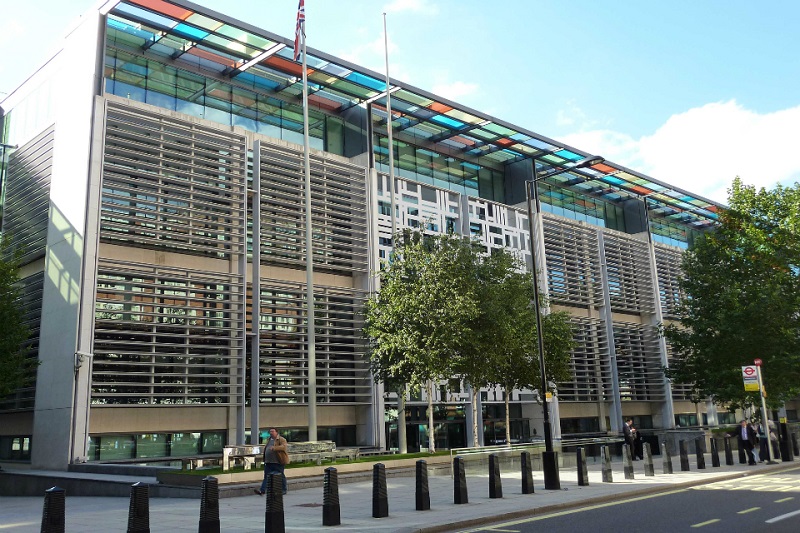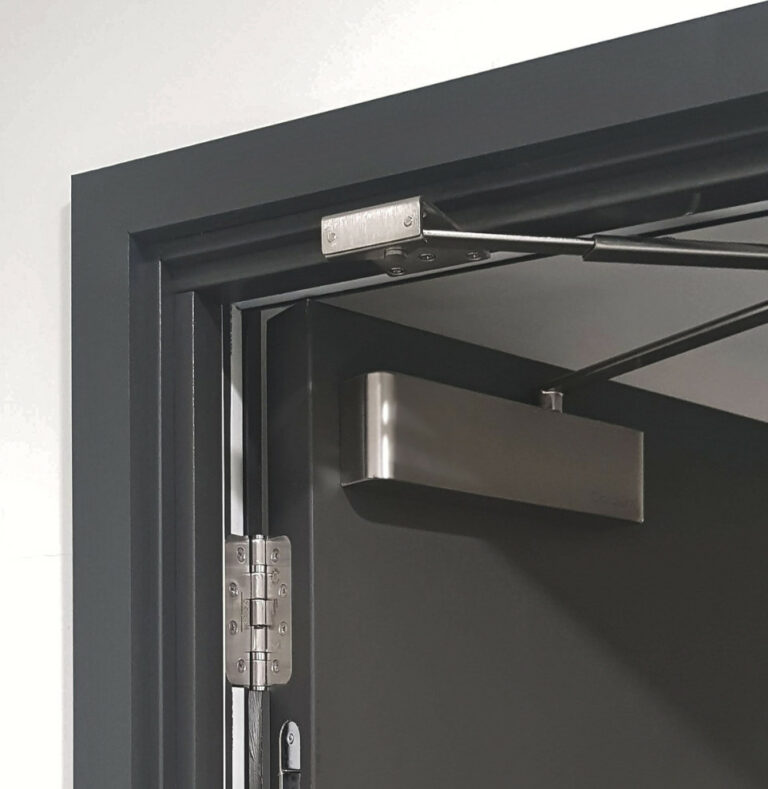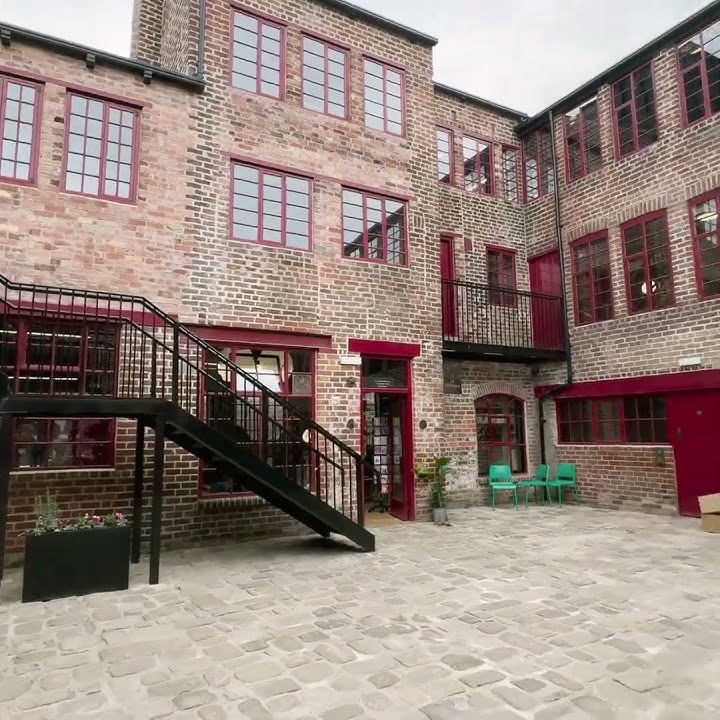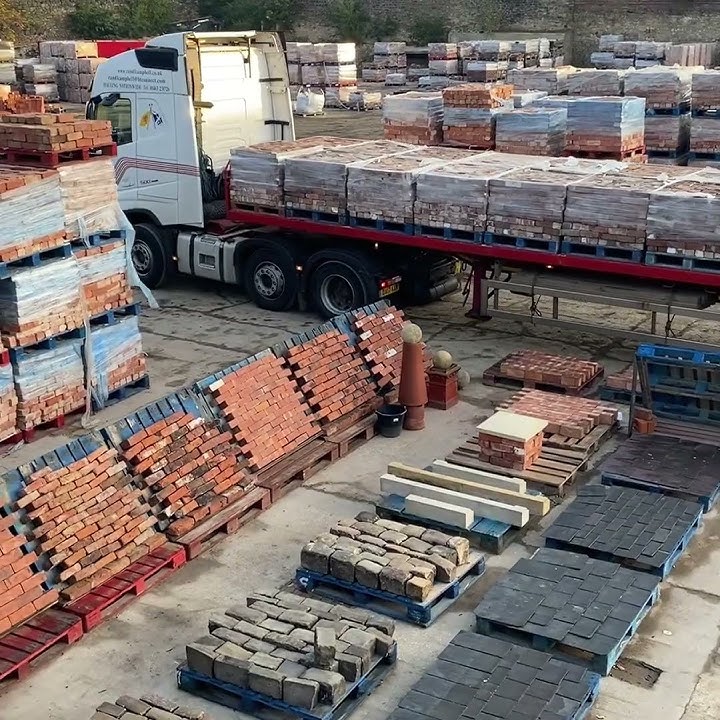British industrial
output sank in December at the fastest pace since 2012 due to the shutdown of a
major oil pipeline, but growth in manufacturing confirmed the broader picture
of solid economic expansion at the end of 2017.
Construction output
also showed a surprise surge in December, according to official data published
on Friday.
Britain’s economic
growth slowed slightly in 2017 as higher inflation caused by the fall in
sterling after the Brexit vote hurt consumers, although some exporters have
gained from the weaker pound and the stronger euro zone economy.
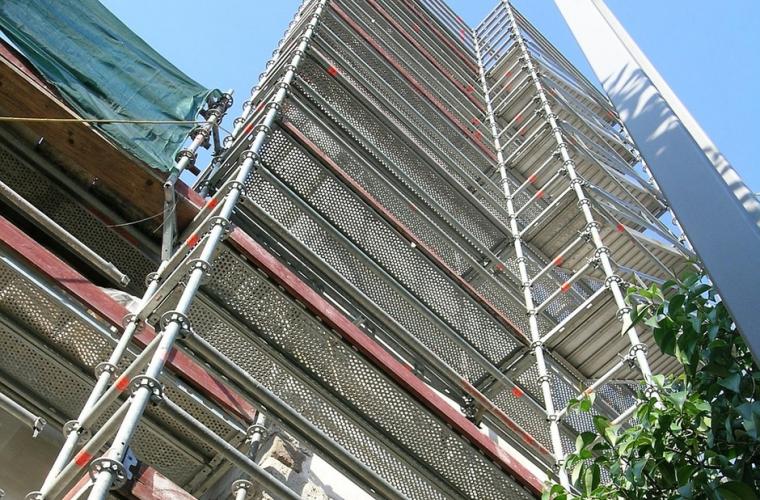
Industrial output
fell by 1.3 percent month-on-month in December, the biggest drop since
September 2012 and compared with a 0.3 percent rise in November, the Office for
National Statistics (ONS) said.
Rebecca Larkin,
Senior Economist at the Construction Products Association, commented: “Overall
growth in construction activity slowed significantly over the course of 2017,
with output falling since Q2 and rising only 0.9% in annual terms in Q4.
"The quarter
saw continued growth in private housing driven by five years of the Help to Buy
equity loan, and early work on major projects such as the Thames Tideway Tunnel
driving a 0.7% rise in infrastructure. However, even with the government’s £7.4
billion equity loan outlay so far and a further £10 billion set aside, house
building activity could not offset the broad downturn in R&M, commercial
and industrial.
“Underscoring the
supportive effects of the government’s Help to Buy policy, private housing
output is now 28.8% higher than its pre-recession peak. By contrast, commercial
output is 26.4% below its historic high, whilst industrial output is 28.5%
lower.”
Mark Robinson, Scape
Group Chief Executive, said the data is more positive than some predicted.
“Whilst it is true
that short term indicators such as Brexit and the downfall of Carillion may put
further stress on output in the coming months, the strong underlying demand for
new work remains, providing some confidence that the situation will improve
throughout the year," he added.
"Certainly the
public sector, especially Local Enterprise Partnerships (LEPs), are continuing
to invest in local and national infrastructure. On the ground our frameworks
are attracting more businesses than ever before and much of that is regional investment
in new roads and housing.
“With construction
firms feeling somewhat strained, there are steps we can take as an industry to
ease the process of growth. Firms must prioritise recruitment, upskilling and
training to build long-term capacity, and we must look to more innovative new building
techniques, such as modular, in order to improve efficiency and boost bottom
lines. The Government must also do its part to encourage more collaborative
ways of working, and increasing funding and powers for local authorities.”








